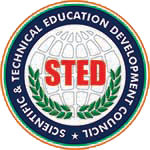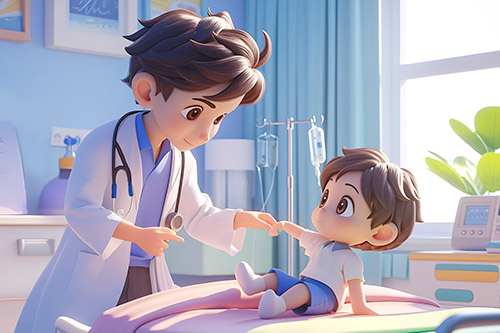Basic Life Support (BLS)
Course Content
1. Adult BLS
- Scene Safety and Recognition of Cardiac Arrest: Checking responsiveness, breathing, and pulse.
- High-Quality CPR:
- Chest compressions at a rate of 100–120/min, depth of at least 2 inches.
- Full chest recoil between compressions.
- Ventilations at a ratio of 30:2 (for 1-rescuer) and 15:2 (for 2-rescuer).
- Rescue Breathing: 1 breath every 5–6 seconds if the person has a pulse but is not breathing.
- Use of a Bag-Mask Device by two rescuers.
- Team Dynamics: Emphasizing clear communication and role distribution during resuscitation.
Child BLS (Age: 1 year to puberty)
- CPR Differences for Children:
- Compression depth: about 2 inches (5 cm).
- Use one or two hands depending on the child’s size.
- Compression to ventilation ratio: 30:2 for 1-rescuer, 15:2 for 2-rescuer.
- Pediatric Chain of Survival.
- Rescue Breaths: 1 breath every 3–5 seconds.
Infant BLS (Under 1 year)
- CPR Technique:
- Compression depth: 1.5 inches (4 cm).
- Use 2 fingers for single rescuer; 2 thumbs encircling technique for 2 rescuers.
- Ventilation rate and compression ratio same as child BLS.
- Emphasis on gentle technique to avoid injury.
Choking Management
Adult Choking
- Recognition: Silent cough, inability to speak, cyanosis.
- Heimlich Maneuver (Abdominal Thrusts):
- Stand behind the person.
- Use quick upward abdominal thrusts.
- If the person becomes unresponsive, begin CPR and check airway.
Infant Choking
- Signs: Weak cry, ineffective coughing, bluish skin.
- Back Blows and Chest Thrusts:
- 5 back blows between shoulder blades using heel of the hand.
- Follow with 5 chest thrusts using 2 fingers on the lower half of the breastbone.
- Continue until the object is expelled or the infant becomes unresponsive.
AED Use (Automated External Defibrillator)
- For Adults and Children:
- Turn on the AED and follow voice prompts.
- Attach pads to the chest correctly.
- Ensure no one is touching the victim during analysis or shock.
- Resume CPR immediately after the shock.
- Pediatric AED Pads: Use if available for children under 8 years or infants.
Conclusion
The BLS course is an essential life-saving program that empowers individuals to act confidently during cardiac and respiratory emergencies. Whether the victim is an adult, child, or infant, the ability to perform high-quality CPR, relieve choking, and effectively use an AED can make the difference between life and death.


